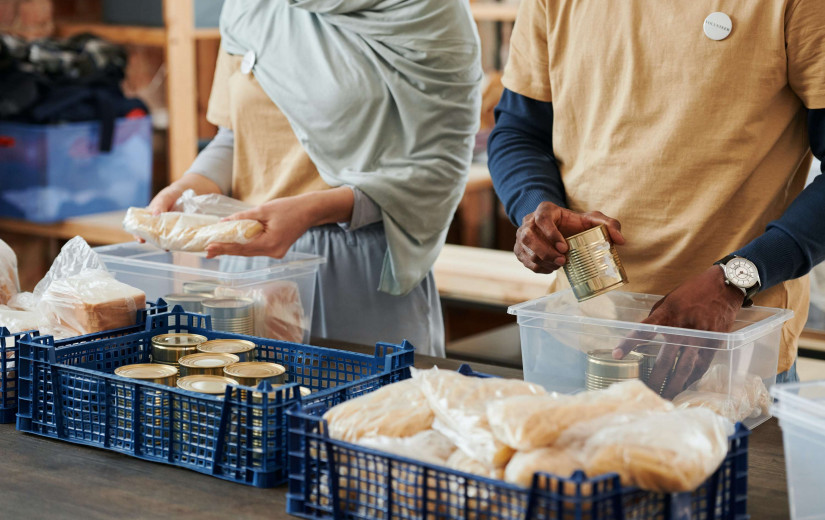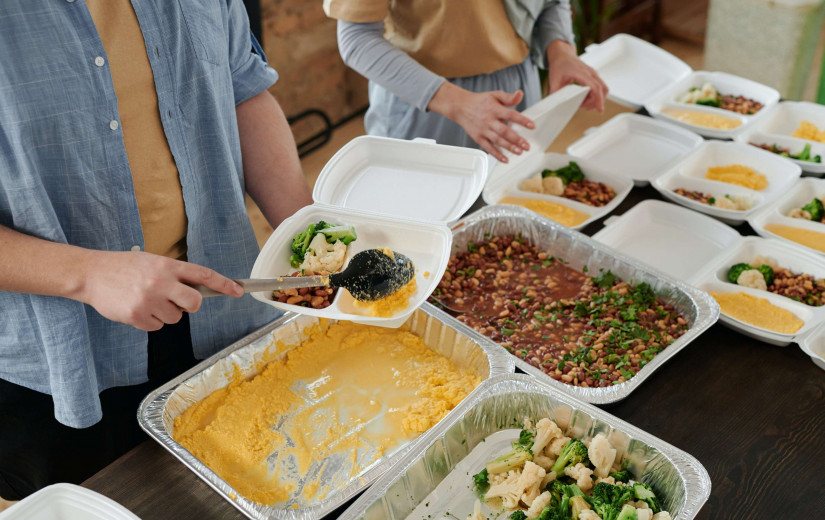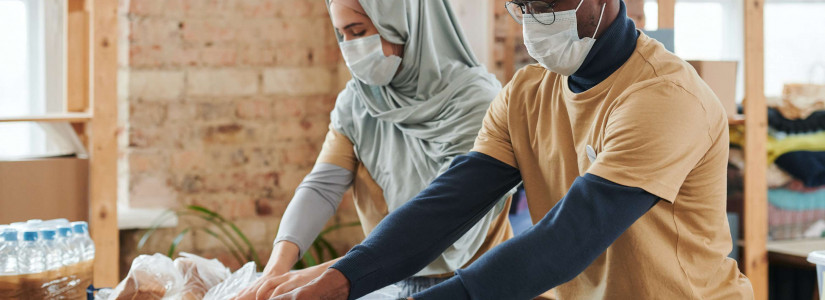Take Care of Your Physical Fitness at Home with Self-Isolating Exercises
While America is on lockdown, governmental officials are urging the public that you can walk your dog or exercise outside for 20 minutes. Even though there might be some challenges to leaving your home to exercise, return to the rhythm of normalcy by incorporating physical activity right there inside the comfort of your home.
Dr. Russell G. Buhr, a practicing pulmonologist at UCLA, recommends living a life of normalcy and routine as you did pre-coronavirus. Normalcy is vital for your mental health and physical stability.
Get Fit Performing Household Chores
Fitness centers are closed in major metropolitan cities. But don't let damper that your spirit. Get moving in your home by incorporating small movements alongside your regular household chores and duties. If you are keeping track of your fitness level with apps or the apple watch, rest assured that every small movement counts.
When you are washing dishes, do toe and heel exercises for feet strengthening. After visiting the laundromat, if you live in multi-level building, opt to go up and downstairs with your laundry load instead of taking the elevator. You will get strength training in addition to aerobic activity. For a full-body workout, consider going up and down the stairs for a full 45 minutes. If you did this three times a week, you would meet your aerobic activity requirements.
Play board games with your children while you are quarantined at home with your family. Get creative and incorporate bending, jumping, skipping, and crawling the carpet with your children while playing hide, go, and seek.
During dinner preparations for your family, stop and do several repetitions of push-ups. Use Chromecast to broadcast exercise videos on YouTube right to your HDTV set. This process will work just as well with a smart TV or streaming stick.
Dancing with your family to Zumba videos is just as effective as any other aerobic activity. Don't concern yourself if you don't have any free-weights at home. You can take can goods stored in your cabinet and place them in plastic grocery bags to strengthen your muscles and get those biceps sculpted and pumped. Use equipment and props from home.
You may happen to have a mini-gym inside your home. Don't forget to wipe down any gym equipment after each use with soap and water. If you happen to touch your face with your hands, gently wash your face with a hand towel. Don't substitute hand sanitizer for washing your hands and your face.
Stretch your muscles pre and post aerobic activity for 30 seconds for the upper body, lower body, and the core. Stretching prevents injuries. With problem areas like lower back or shoulder pain, stretch sore parts of your body for 60 seconds.
Exercise After Self-Isolation Ends
Once you can leave the comfortable confines of your home, take an interest in doing moderate-intensive exercise 150 minutes per week. So, you may ask, what do you consider being a moderate-intensive exercise?
This is the type of exercise that you can do while talking to a friend. You will feel your breathing getting stronger, but you will be able to handle the increased heart rate with plenty of oxygen. Here is a list of exercises you can do when the quarantine period is over:
- Attending low-cardio aerobics classes.
- Riding your bike at a pace of fewer than 10 miles per hour.
- Playing doubles tennis with your partner.
- Walking at a pace of 2.5 miles per hour.
- Performing water and weight aerobics.
High-intensity Exercise
Aim to fit 75 minutes of intensive cardiovascular fitness and aerobics into your schedule per week. Don't forget to measure your target heart rate at 50% to 80% of the maximum heart rate. To get your target heart rate, subtract 200 from your age.
For weight loss, your exercise target heart rate should be at the lower end of the aerobic intensity. To maximize weight loss, combine your aerobic training with strengthening exercises, and weight training. When using stationary weight machines or free-weights, work-out each muscle group with the leg press, bench press, shoulder press, or strengthen your glutes for at least 15 repetitions in two sets at a comfortable weight twice a week. The following are intensive aerobic exercises:
- Running several miles uphill or on a treadmill.
- Swift stair-step aerobics.
- Double-dutch rope jumping.
- Playing singles tennis with a partner.
- Swimming multiple laps.
Finally, lie on your back and practice breathing exercises to reduce stress and anxiety. Breathe in and then breathe out with your abdominal region in full position. Practice 10 deep breaths to reduce bodily tension. After the quarantine ends, remember to practice these homebound exercises when you do not have time because of a busy schedule.

















